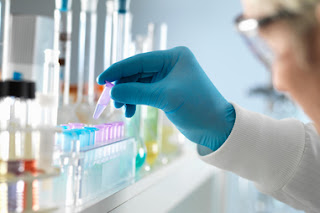Search This Blog
The blog aims to educate and knowledge sharing portal on pediatrics and the miscellaneous disease.
Featured
- Get link
- X
- Other Apps
Diagnosis of Turner syndrome
If based on signs and symptoms, the doctor suspects that your child has Turner syndrome, a lab test will typically be done to analyze your child's chromosomes. The test involves a blood sample. Occasionally, your doctor also may request a cheek scraping (buccal smear) or skin sample. The chromosome analysis determines whether or not there is a missing X chromosome or abnormality of one of the X chromosomes.
Prenatal diagnosis
A diagnosis is sometimes made during fetal development. Certain features on an ultrasound image may raise suspicion that your baby has Turner syndrome or another genetic condition affecting development in the womb.
Prenatal screening tests that evaluate the baby's DNA in the mother's blood (prenatal cell-free DNA screening or noninvasive prenatal screening) may also indicate an increased risk of Turner syndrome. However, doing a karyotype during pregnancy or after delivery is recommended to confirm the diagnosis.
Your pregnancy and childbirth specialist (obstetrician) may ask if you're interested in additional tests to make a diagnosis before your baby's birth. One of two procedures can be performed to test prenatally for Turner syndrome:
- Chorionic villus sampling. This involves taking a small piece of tissue from the developing placenta. The placenta contains the same genetic material as the baby. The chorionic villus cells can be sent to the genetics laboratory for chromosome studies.
- Amniocentesis. In this test, a sample of the amniotic fluid is taken from the uterus. The baby sheds cells into the amniotic fluid. The fluid can be sent to the genetics laboratory for the study of the baby's chromosomes in these cells.
Popular Posts
Overview and symptoms of Turner syndrome
- Get link
- X
- Other Apps
Diagnosis and treatment of Umbilical Hernia
- Get link
- X
- Other Apps





Comments
Post a Comment